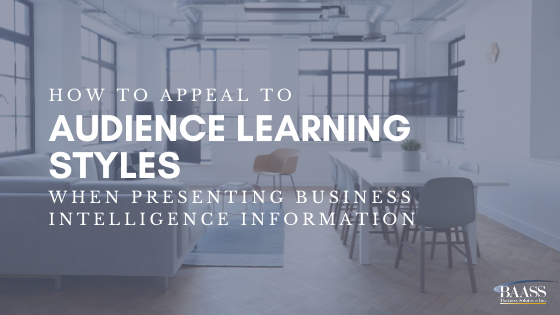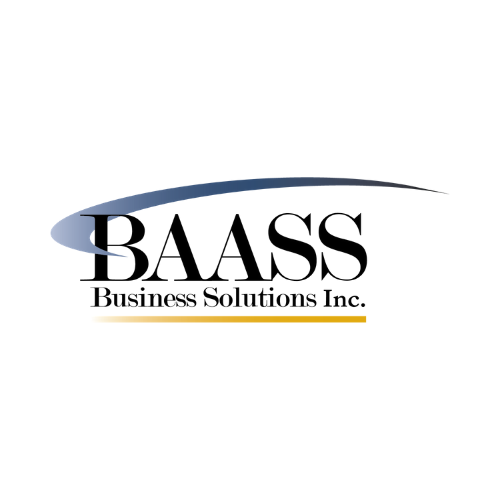
The average business individual often addresses audiences who are unfamiliar with business presentation and inexperienced at data interpretation.
Such audiences need help grasping key concepts present in the available data. Company-wide meetings, annual shareholder meetings, investor meetings and the like may all include such people who care deeply about the company’s success but may have difficult grasping business report findings.
The next time you’re faced with such a challenge, consider using the following concepts gleaned from adult education and training: learning styles.
What are learning styles? According to educational theorists, individuals have a dominant and preferred method of acquiring and retaining new information. These learning styles include:
- Auditory: Auditory learners need to hear information to process it. They understand business information most during your presentation, and retain information best when it is spoken aloud.
- Visual: Visual learners learn best by seeing information in charts, graphs, or other pictorial representations. These members of your audience will eagerly read your full report.
- Kinesthetic: Also called tactile learners, this group must handle the data in order to understand it. This can be accomplished through role plays, simulations, or even colorful anecdotes that helps your audience grasp key points.
Great educators tap into these learning styles during lectures to help their students retain lessons. Leaders known to be great communicators also incorporate the following presentation techniques to address every learning style during business presentations so that every staff member can understand the importance of the data being shared.
To tap into different learning styles, it’s important to vary your presentation techniques. Standing in front of an audience and merely reading a report may be comfortable, but it’s a sure way to lose both your visual and kinesthetic learners. Likewise, emailing out a full copy of the company’s business reports summary to key stakeholders and calling it a day also fails to address the needs of your auditory and kinesthetic learners.
Instead of dropping data on your team and hoping it sticks, try these three presentation methods. Each appeals to a different learning style. By adapting these to your data presentations, you’ll have a much better chance at ensuring that the crucial information in your presentation is understood and retained by your audience.
- Provide graphs, especially bar graphs, line graphs and pie charts: These visual representations of business data are most easily understood by your visual learners.
- Stage a demonstration: To show that a technology investment will repay the company five-fold, ask someone in the audience for a dollar bill, and hand then back a $5 bill. Your kinesthetic or tactile learners will immediately grasp the concept in a deeper way than just stating the data aloud, which appeals only to the auditory learners in the group.
- Read key points from a summary document for your auditory learners, and include a Q and A session at the end of the presentation.
The next time you host a company-wide meeting or an annual shareholders meeting, try these techniques to share business presentations and data.
BAASS Business Solutions Inc. can help you with business intelligence and other systems to run your business more efficiently and effectively. To learn more please contact us.
